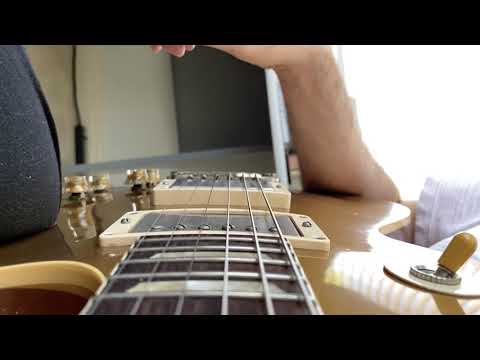Okay I feel maybe there’s some confusion because of the term. What I’m referring to is what you discuss in the Albert Lee video with how he changes strings after downstrokes while maintaining DWPS by use of extension (w/deviation on the upstroke “the double lift”). This is what I was calling a double escape, because it is an escape as in it’s not a trapped motion, but it’s not the usual motion of DBX that I feel you thought I meant. So that’s on me, I was seeing it as a “form” of double escape for downward pick-slanting, so for every time I have mentioned double escape in the last two posts, I was referring to string changes after downstrokes with DWPS by use of extension (ala Albert Lee). I thought I elaborated before but it probably got lost in the weeds 
So my questions above were regarding that, the question of efficiency regarding using angle pad index finger grip with some supination (like you demonstrate) but with a bit of a downward pick-slant, then using extension motion to change strings after downstrokes (Albert Lee). Now I won’t be as supinated as Albert, but the extension of the downstroke should still be an alternate muscle group if I have deviation going on in my upstrokes. I hope this is making sense 
And that’s why I asked about (supinated DWPS) rest strokes vs. extension—I can use rest strokes if I’m playing the same string then add extension if I need it for downstroke string changes. This was the “mix” I was referring to, and asked whether it was efficient or not because I know Albert doesn’t do this, since every downstroke for him has extension it seems, even when he’s on the same string.
I love this, okay this is KEY for me what you just said, I’m not clear on what you mean but it sounds very close to what I feel. So I can understand, what do you mean exactly by the upstrokes grabbing because I’m trying to do a DBX motion with a DWPS?
Thanks very much Troy



 thank you
thank you
